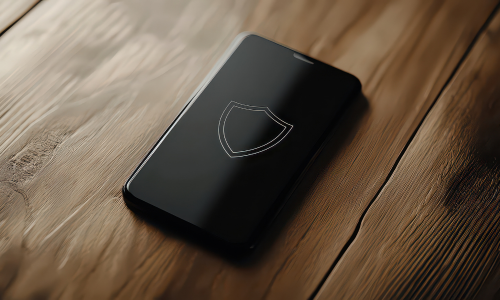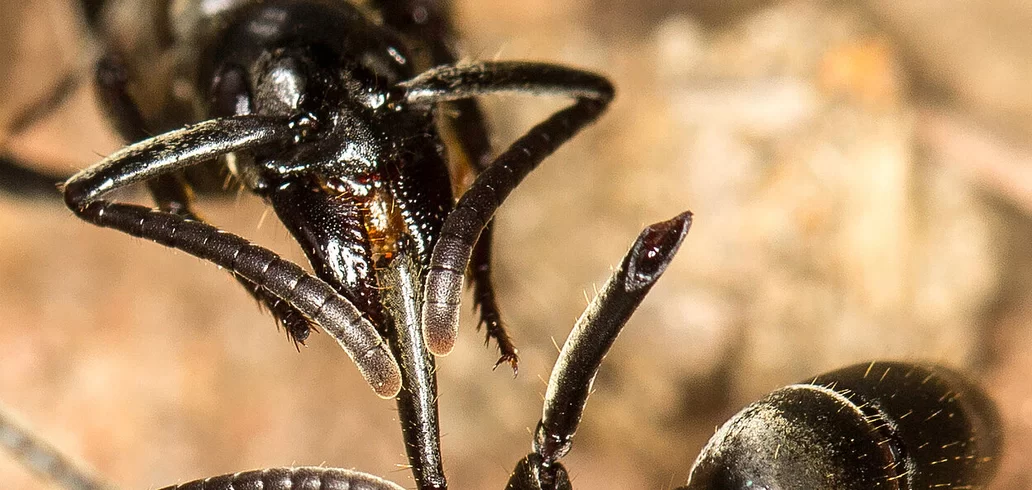Entertainment
The colors of Uranus and Neptune were wrong until today; find out the real ones
Advertisement
Uranus' color is predominantly blue-green due to the presence of methane in its atmosphere, which absorbs red sunlight and reflects blue and green light back into space. However, in terms of actual color, Uranus is more of a blueish hue, with hints of green and gray.
As for Neptune, its actual color is a deep blue, but with more subtle hues than are often depicted in images. Neptune's atmosphere is composed primarily of hydrogen, helium, and methane, which contributes to its bluish hue.
While these colors may not be as vivid or dramatic as they are sometimes depicted in artistic images or movies, they still reveal the unique beauty of these distant planets.
Rediscovering the colors of Uranus and Neptune
The discovery and rediscovery of the colors of Uranus and Neptune involves a deeper understanding of their atmospheres and compositions. Through advanced telescopic observations and space missions, scientists have been able to refine their understanding of the colors of these icy planets.
In the case of Uranus, its blue-green color is due to the presence of methane in its atmosphere, which absorbs red light and reflects blue and green light. However, more recent studies suggest that its actual color is more blueish, with nuances of green and gray.
For Neptune, its deep blue hue is attributed to the presence of methane and other hydrocarbons in its atmosphere. However, more detailed observations have revealed subtle nuances in its color, showing that its blueness can vary in different regions of the planet.
These rediscoveries are important for improving our understanding of the atmospheric dynamics of these planets and how they compare to other worlds in the solar system. They also help to refine models of planetary atmospheres and better understand the diversity of celestial bodies in our solar system.
Why did it take so long for scientists to come to this conclusion?
Determining the true colors of Uranus and Neptune and understanding their atmospheric composition required a complex set of scientific observations and analyses. Here are some reasons why it may have taken scientists so long to reach these conclusions:
1. **Distance and difficulty of observation**: Uranus and Neptune are located very far from Earth, which makes detailed observations difficult. Until recently, available telescopes were not able to capture enough detail to accurately determine the colors of these distant planets.
2. **Limited observation technology**: Until the development of more advanced telescopes and specialized instrumentation, scientists faced limitations in the resolution and sensitivity of observation equipment. Only with the advancement of telescope technology and the use of space observatories was it possible to obtain more detailed images.
3. **Atmospheric complexity**: The atmospheres of Uranus and Neptune are complex, with different layers of gases and particles. Understanding how these components interact to produce the observed colors required sophisticated atmospheric models and computer simulations.
4. **Need for space missions**: Space missions, such as Voyager 2, which visited Uranus in 1986 and Neptune in 1989, played a crucial role in collecting detailed data about these planets. The information obtained by these missions was essential in refining our understanding of their composition and atmospheres.
5. **Continuous data analysis**: Even after the space missions, scientists continued to analyze data and refine models to better understand the characteristics of these planets. Continued research and the development of new analysis techniques have contributed to the latest discoveries about their true colors.
In short, determining the true colors of Uranus and Neptune was a gradual process that involved advances in telescope technology, dedicated space missions, and detailed analysis of data over decades of research.
Trending Topics

Total Cell Phone Security: Digital Protection Strategies
Discover the best strategies and applications to ensure your digital protection, avoid virtual threats and keep your data safe.
Keep Reading


